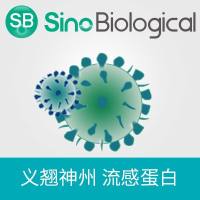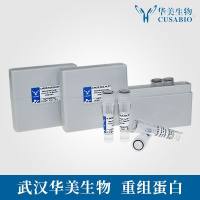Breast Cancer Cell Movement: Imaging Invadopodia by TIRF and IRM Microscopy
互联网
互联网
相关产品推荐

Hemagglutinin/HA重组蛋白|Recombinant H1N1 (A/California/04/2009) HA-specific B cell probe (His Tag)
¥2570

Arabidopsis thaliana IRM1重组蛋白表达
¥2000

Recombinant-Mouse-Endoplasmic-reticulum-Golgi-intermediate-compartment-protein-3Ergic3Endoplasmic reticulum-Golgi intermediate compartment protein 3 Alternative name(s): Serologically defined breast cancer antigen NY-BR-84 homolog
¥12180

荧火素酶互补实验(Luciferase Complementation Assay, LCA)| 荧光素酶互补成像技术(Luciferase Complementation Imaging, LCI)
¥5999

重组甲型流感 H1N1Hemagglutinin/HA-specific B cell probe蛋白
¥3220
相关问答

